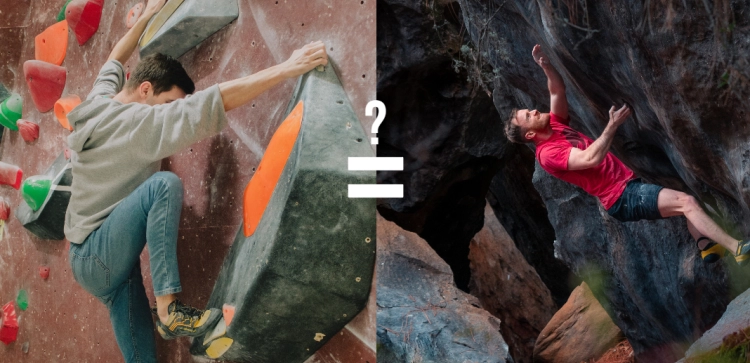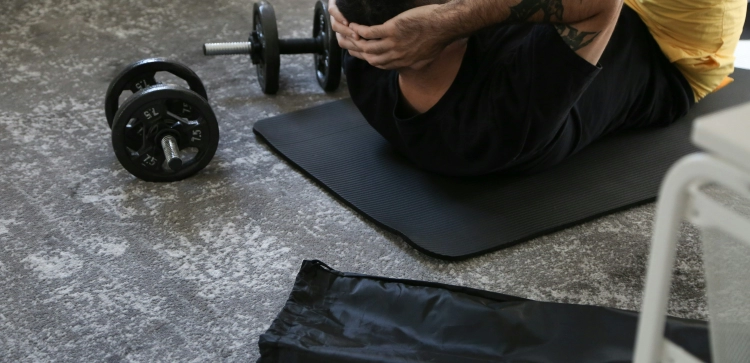What's The Impact Of Weather On Outdoor Climbing?

Outdoor climbing offers a unique and exhilarating experience, but it also comes with a challenge that every climber must contend with: the weather. Weather conditions can significantly affect your climbing adventures, from safety concerns to gear considerations. In this article, we'll explore the profound impact of weather on outdoor climbing and provide valuable insights to help you navigate various weather scenarios.
- What Are The Primary Weather Factors That Climbers Need To Consider Before Heading Outdoors?
- How Does Temperature Affect Climbing Equipment And Safety?
- What Are The Safety Risks Associated With Climbing In Rain Or Thunderstorms, And How Can Climbers Mitigate Them?
- Is It Safe To Climb In Windy Conditions, And Are There Any Special Precautions To Take?
- Conclusion
What Are the Primary Weather Factors That Climbers Need to Consider Before Heading Outdoors?
Before embarking on an outdoor climbing trip, it's crucial to be well-informed about the prevailing weather conditions. Here are some key weather factors to consider:
Temperature and Its Effects on Climbing
Cold Weather:
-
Gear Preparation: In colder conditions, ensure you have the appropriate clothing and gear to stay warm. Cold temperatures can affect your dexterity and comfort, so dress in layers.
-
Equipment Inspection: Check your climbing equipment for any signs of stiffness or reduced functionality in cold weather. Ropes and carabiners, for instance, may become less pliable in low temperatures.
Hot Weather:
-
Hydration: Climbing in hot weather can lead to dehydration. Stay well-hydrated and consider the timing of your climbs to avoid the peak heat of the day.
-
Sun Protection: Protect your skin from harmful UV rays by wearing sunscreen, sunglasses, and a hat. Sunburn can quickly sap your energy and focus.
How Does Temperature Affect Climbing Equipment and Safety?
Temperature plays a vital role in the functionality and safety of climbing equipment. Understanding its impact is crucial for climbers.
Gear and Safety Considerations
Ropes and Webbing:
-
Cold Weather: In very cold conditions, ropes and webbing can become less flexible and prone to damage. Handle them carefully and inspect for stiffness or ice buildup.
-
Hot Weather: Prolonged exposure to intense sunlight can weaken nylon gear over time. Regularly inspect your gear for signs of UV damage.
Carabiners and Metal Gear:
-
Cold Weather: Metal gear can become extremely cold to the touch in frigid conditions. Wear gloves to protect your hands and maintain a secure grip.
-
Hot Weather: Be cautious when handling metal gear exposed to direct sunlight, as it can become scorching hot. Use slings or gear covers to prevent burns.
What Are the Safety Risks Associated with Climbing in Rain or Thunderstorms, and How Can Climbers Mitigate Them?
Climbing in rain or thunderstorms presents significant safety risks, including lightning strikes and slippery rock surfaces.
Safety Tips for Wet Conditions
-
Lightning: If thunderstorms are in the forecast, avoid climbing altogether. Lightning is a serious threat to climbers, and it's essential to prioritize safety.
-
Wet Rock: Rain can make climbing holds slippery and reduce friction. Exercise caution and adjust your climbing technique to accommodate the wet conditions.
Is It Safe to Climb in Windy Conditions, and Are There Any Special Precautions to Take?
Windy conditions can pose challenges, especially for multipitch climbs or routes on exposed terrain.
Climbing in Windy Weather
-
Anchor Security: Ensure that your anchors are secure, and your belaying setup is stable. Strong gusts can impact your balance, so being securely anchored is crucial.
-
Communication: Wind can make communication difficult. Establish clear signals with your climbing partner to ensure effective communication during the climb.
Conclusion
Weather is a dynamic and ever-present element in the world of outdoor climbing. Understanding its impact on safety, gear, and climbing conditions is essential for every climber. Whether you're facing the scorching heat of summer, the bitter cold of winter, or an unexpected rainstorm, being prepared and making informed decisions can make all the difference in ensuring a safe and enjoyable climbing experience.
Remember, when it comes to climbing and weather, safety should always be your top priority. Stay informed, plan ahead, and be ready to adapt to changing conditions. With the right knowledge and precautions, you can continue to pursue your passion for climbing while respecting the unpredictable nature of the great outdoors.
















